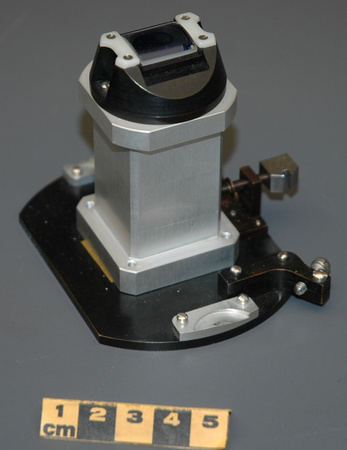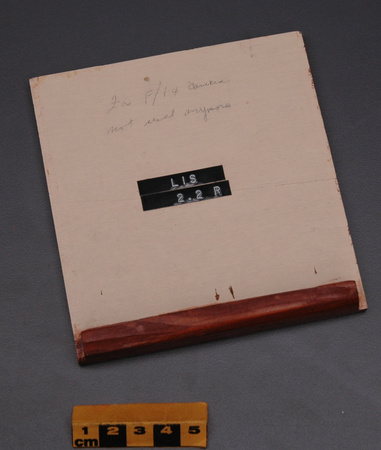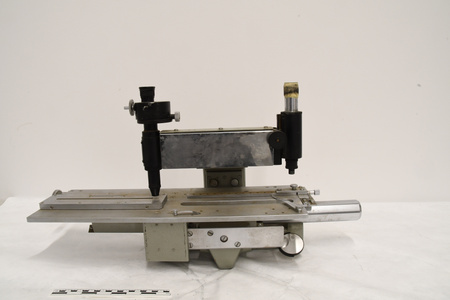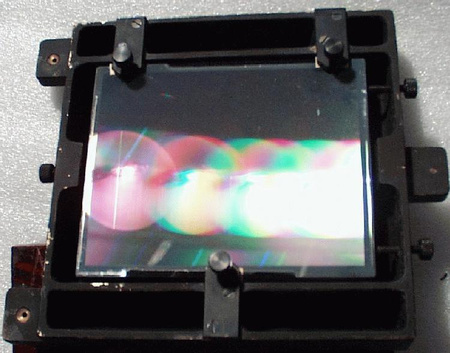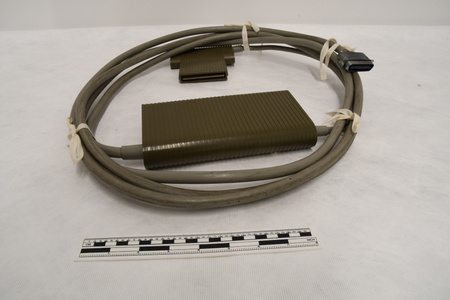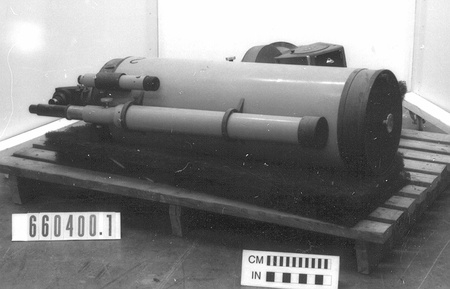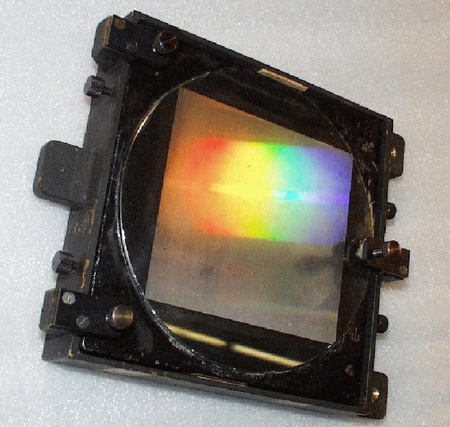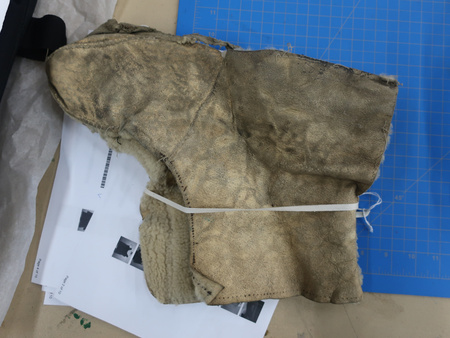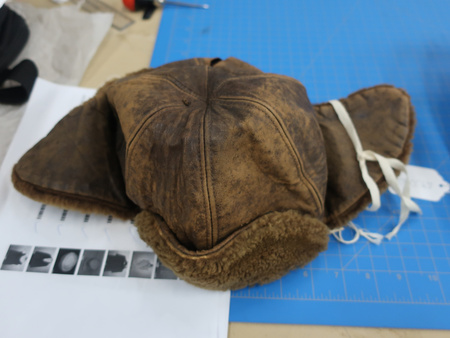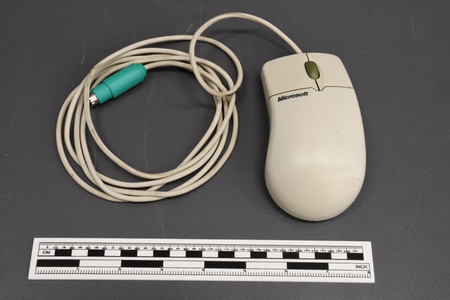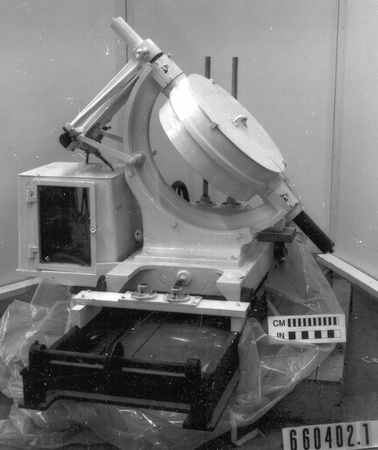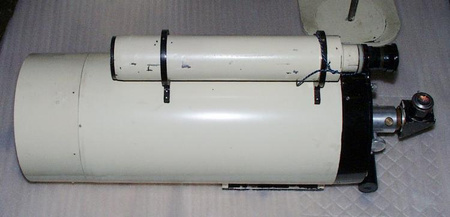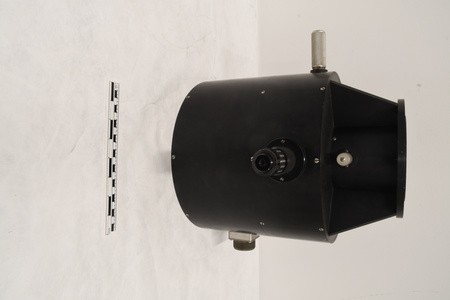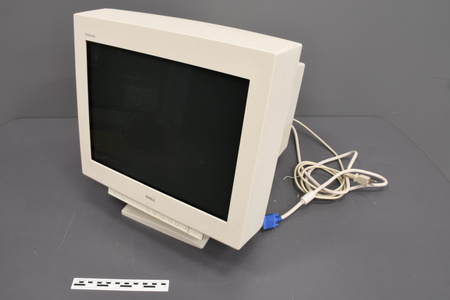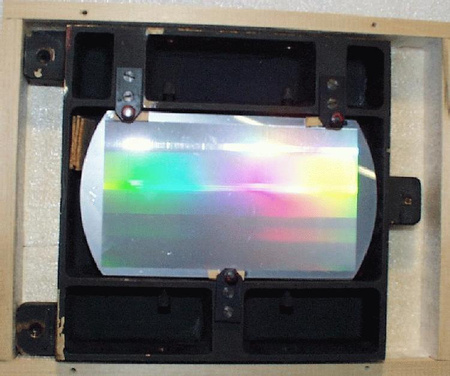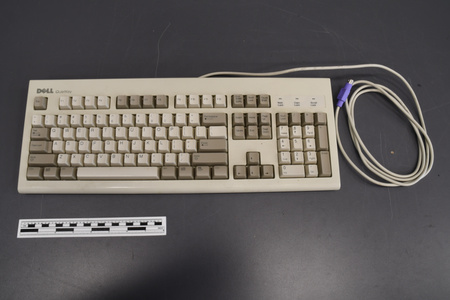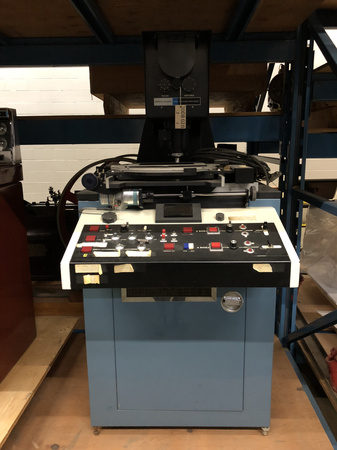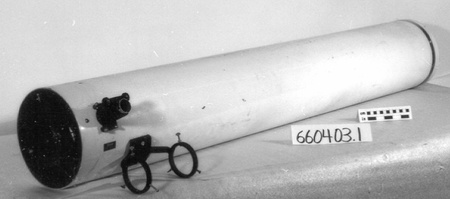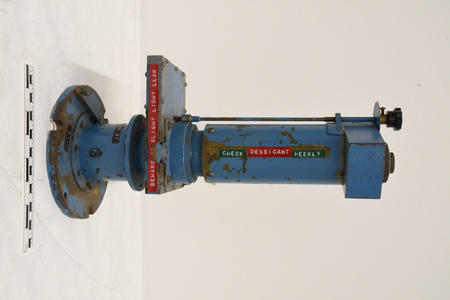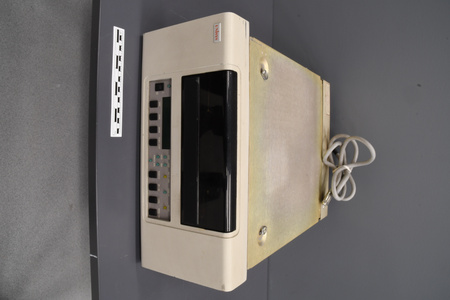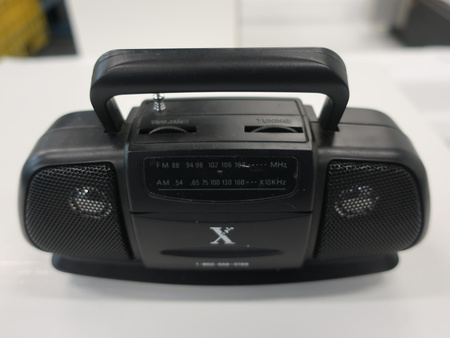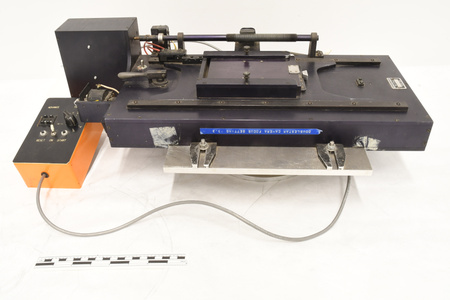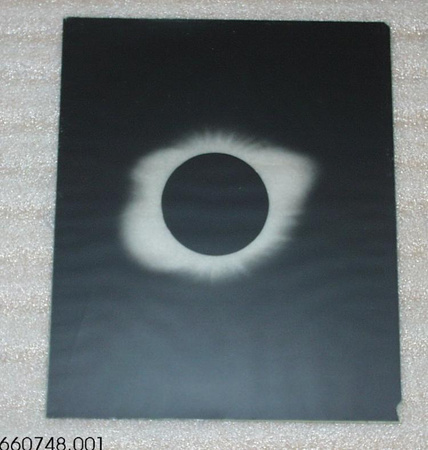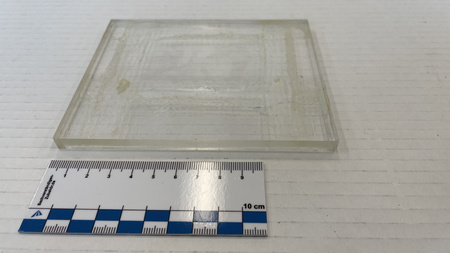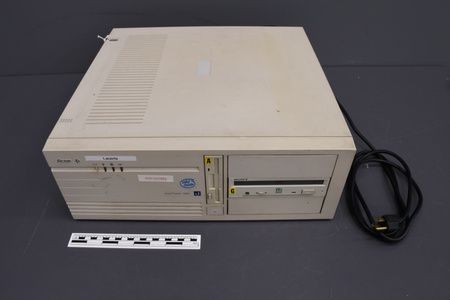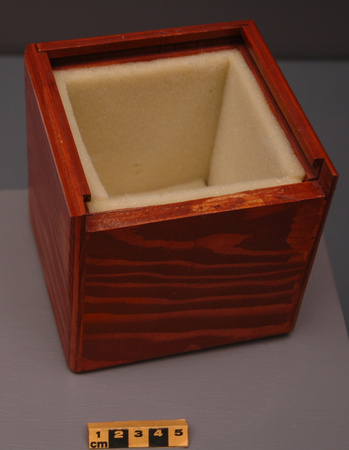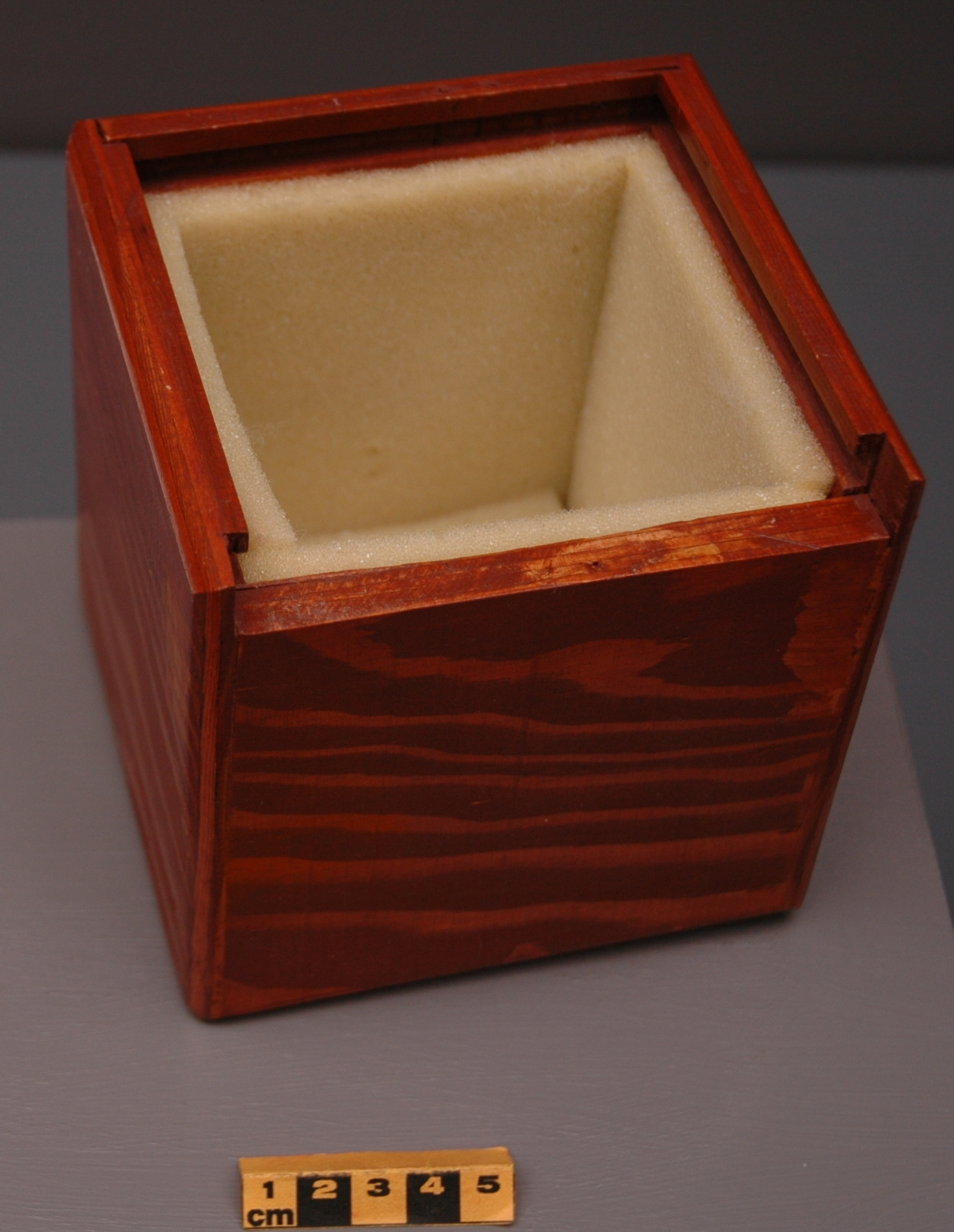Boîte de rangement
Utiliser cette image
Puis-je réutiliser cette image sans autorisation? Oui
Les images sur le portail de la collection d’Ingenium ont la licence Creative Commons suivante :
Copyright Ingenium / CC BY-NC-ND (Attribution-NonCommercial 4.0 International (CC BY-NC 4.0)
ATTRIBUER CETTE IMAGE
Ingenium,
2006.0050.002
Permalien: https://files.ingeniumcanada.org/items/coll/136/924/2006-0050-002-aa-cs_thumb.jpeg
Ingenium diffuse cette image sous le cadre de licence Creative Commons et encourage son téléchargement et sa réutilisation à des fins non commerciales. Veuillez mentionner Ingenium et citer le numéro de l’artefact.
TÉLÉCHARGER L’IMAGEACHETER CETTE IMAGE
Cette image peut être utilisée gratuitement pour des fins non commerciales.
Pour un usage commercial, veuillez consulter nos frais de reproduction et communiquer avec nous pour acheter l’image.
- TYPE D’OBJET
- S/O
- DATE
- 1966–1970
- NUMÉRO DE L’ARTEFACT
- 2006.0050.002
- FABRICANT
- Dominion Astrophysical Observatory
- MODÈLE
- Inconnu
- EMPLACEMENT
- Victoria, Colombie-Britannique, Canada
Plus d’information
Renseignements généraux
- Nº de série
- S/O
- Nº de partie
- 2
- Nombre total de parties
- 3
- Ou
- S/O
- Brevets
- S/O
- Description générale
- wood; synthetic (foam)
Dimensions
Remarque : Cette information reflète la taille générale pour l’entreposage et ne représente pas nécessairement les véritables dimensions de l’objet.
- Longueur
- 12,5 cm
- Largeur
- 12,5 cm
- Hauteur
- 12,7 cm
- Épaisseur
- S/O
- Poids
- S/O
- Diamètre
- S/O
- Volume
- S/O
Lexique
- Groupe
- Astronomie
- Catégorie
- Recherche
- Sous-catégorie
- S/O
Fabricant
- Ou
- Observatory CA
- Pays
- Canada
- État/province
- Colombie-Britannique
- Ville
- Victoria
Contexte
- Pays
- Canada
- État/province
- Colombie-Britannique
- Période
- Presumably used c. 1967-1980.
- Canada
-
Box for image slicer. Developed in 1966 by Dr. Harvey Richardson, his design for this device became the standard and remains so. He was assisted by the engineering and technical staff at the Dominion Astrophysical Observatory (DAO), including: George Brealey, ME (responsible for the jig used to position the mirror segments); Roy Dancey, who did the bonding of the segments and, with J. Miller made the optics (these were later made under contract by Applied Plastics Specialties Ltd. of Don Mills, Ont.); and J.R. White (who was involved in the design of the mechanical parts). This image slicer was used in the f/1.4 camera on the spectrograph that was mounted on the 1.8 m (72 inch) reflecting telescope at DAO. Richardson, through National Research Council (NRC) originally held the patent for the image slicers: these were later acquired by Scott Plastics in Sydney, BC. They produced them for observatories around the world. (Ref. 1) Among his varied activities, Dr. Richardson was a one-time federal New Democratic Party Candidate (c. 1970s). He operated EHR Associates in Victoria after his retirement, and it was still functioning c. 2002. He also participated in the ODIN project which used a spacecraft to study the Earth's atmosphere. - Fonction
-
Used to contain and protect contents when not in use: specifically, an image slicer. - Technique
-
The first image slicer was developed in 1935 by Ira Bowen at the Mount Wilson Observatory. Originally designed for use in stellar spectroscopy, design limitations in the Bowen-type image slicer limited it's use to solar spectroscopy. In 1966 Harvey Richardson, an astronomer & instrument designer at Dominion Astrophysical Observatory (DAO) developed a new version which replaced the stacked flat mirror plates with 2 concave mirrors which are cut in half, segmented and slightly separated (ie. separation adjustable). The first prototype, completed in 1967, was a failure., but the problems of the alignment of the mirror segments was overcome. The image of a star from the telescope is focussed on the cylindrical lens, the orientation of which is aligned with the grooves on the grating in the spectrograph. The light passes through a series of slits and is reflected off a series of mirrors. After passing through the final slit, a field lens focuses the light onto the grooved surface of the grating which reflects the spectrum into the spectrograph camera. By reflecting the light off the mirror segments and using the mirrors to create the spectrograph slit, very little light is lost by reflection of the usual polished slit jaws. This arrangement permitted a smaller grating to be used, and therefore further efficiency is achieved. The success of the design means the Richardson image slicer is still used in most spectrographs used on large telescopes. In addition to those made for the 1.8 and 1.2 m telescope spectroscopes at DAO, early examples were made for and tested on the 5 m (200 inch) Mt. Palomar Hale telescope, the 1.8 m (74 inch) telescope of the David Dunlop Observatory(Toronto); the 2.2 m Leoncito Observatory telescope (Argentina) and the 6 m reflector in the USSR. (Ref. 1) En savoir plus - Notes sur la région
-
Inconnu
Détails
- Marques
- None evident.
- Manque
- None.
- Fini
- Solid wood box has been stained medium brown colour; yellow-brown foam lining
- Décoration
- S/O
FAIRE RÉFÉRENCE À CET OBJET
Si vous souhaitez publier de l’information sur cet objet de collection, veuillez indiquer ce qui suit :
Dominion Astrophysical Observatory, Boîte de rangement, vers 1966–1970, Numéro de l'artefact 2006.0050, Ingenium - Musées des sciences et de l'innovation du Canada, http://collection.ingeniumcanada.org/fr/id/2006.0050.002/
RÉTROACTION
Envoyer une question ou un commentaire sur cet artefact.
Plus comme ceci
